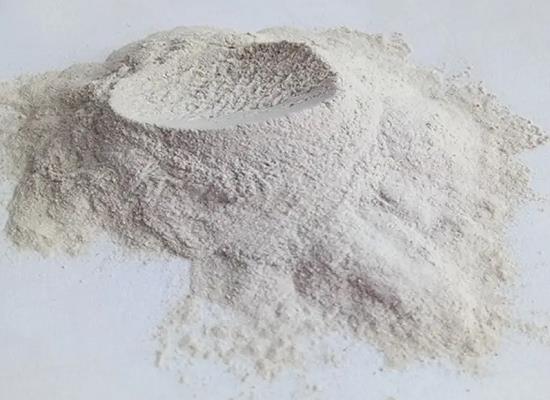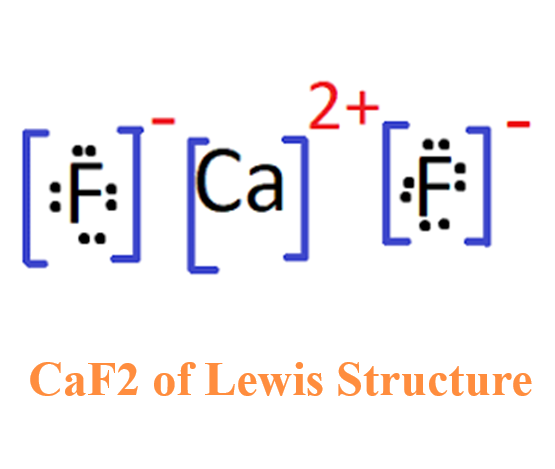Luminescent Calcium Fluoride Nanoparticles as Theranostic Platforms
General Description
Calcium fluoride is a highly advantageous optical matrix due to its optical transparency, low chromatic aberration, and fluorescence properties. The synthesis of Calcium fluoride-based luminescent nanoparticles involves several methods, leading to various luminescent properties depending on the dopant ions and co-doping strategies employed. These nanoparticles are emerging as dual-purpose nanomaterials for simultaneous diagnosis and therapy in the field of nanobiotechnology and biomedical nanotechnology, making them promising candidates for future clinical applications in nanomedicine.

Figure 1. Calcium fluoride
Advantages of calcium fluoride as an optical matrix
Calcium fluoride has several advantages as an optical matrix. Firstly, natural fluorite, which is the mineral form of calcium fluoride, exhibits a colorful appearance and fluorescence under UV excitation, making it suitable for various applications. Its low chromatic aberration makes it ideal for producing high-quality lenses in microscopes and telescopes. Additionally, Calcium fluoride is optically transparent in a wide spectral range, from UV to NIR, allowing for its use in different wavelengths. This transparency extends to the UV-C range, where conventional glasses are too absorbent. Calcium fluoride can easily be doped with lanthanide ions, providing enriched luminescence properties for applications like cancer diagnosis and therapy. Its chemical stability and low solubility product constant make it favorable for nanocrystal growth and ensure stability in physiological conditions. Furthermore, Calcium fluoride is biocompatible, containing no toxic heavy metals and being an essential mineral component on the surface of teeth and bones. Studies have shown no noticeable toxic effects on cells when exposed to Calcium fluoride nanoparticles. Lastly, Calcium fluoride is easily accessible as calcium-containing compounds are abundant on earth. This reduces the dependence on rare-earth resources for the production of high-quality luminescent nanoparticles. Overall, the well-studied crystal structure, optical transparency, doping capability, chemical stability, biocompatibility, and accessibility of Calcium fluoride make it a highly advantageous optical matrix for various applications. 1
Synthesis of calcium fluoride-based luminescent NPs
The synthesis of Calcium fluoride-based luminescent nanoparticles (NPs) involves several methods, such as precipitation, hydrothermal treatment, organic-phase colloidal synthesis, and hydrothermal methods. Early research focused on fluorite's applications in radiometers for high-energy radiation detection. The study of nano-sized Calcium fluoride particles began in modern times. Li's group reported the synthesis of single crystal Calcium fluoride nanocubes in 2003 using a precipitation and hydrothermal procedure without surfactants. They used NaF and Ca(NO3)2 solutions as sources of F- and Ca2+ ions respectively. The resulting nanocubes exhibited a pure face-centered-cubic phase and had a mean edge length of 350 ± 30 nm. In 2009, Li's group developed sub-10 nm monodispersed Calcium fluoride:Yb,Er upconversion NPs using a liquid-solid-solution strategy. These NPs exhibited green upconversion luminescence under 980-nm laser excitation. Other synthesis methods include high-temperature organic-phase colloidal synthesis and oleic acid-assisted hydrothermal methods. Co-doping Calcium fluoride NPs with non-luminescent alkali ions (Na+, K+, and Li+) was found to enhance their luminescent properties. This co-doping affected the upconversion emission and was attributed to changes in the environmental structure induced by the alkali ion co-doping in the Calcium fluoride host. In conclusion, the synthesis of Calcium fluoride-based luminescent NPs offers various methods to achieve desired properties and structures, leading to different luminescent properties depending on the dopant ions and co-doping strategies employed. 2
Theranostic applications of calcium fluoride-based luminescent NPs
Theranostic applications of Calcium fluoride-based luminescent nanoparticles are gaining attention in the field of nanobiotechnology and biomedical nanotechnology. Luminescent nanoparticles with small sizes are preferred for imaging-guided drug delivery, cancer diagnosis, and related treatments. However, to apply such nanomaterials in biology and medicine, they must meet certain conditions. Firstly, they should interact with proteins and cells without interfering with their biological activities. Secondly, the surfaces of the nanoparticles must be easy to modify chemically while maintaining their physical properties. Finally, they should be bio-friendly and nontoxic. Calcium fluoride-based nanoparticles meet most of these criteria and are emerging as dual-purpose nanomaterials for simultaneous diagnosis and therapy. They are termed as theranostic agents, which can be used for both diagnosis and therapy at the same time. These nanoparticles have excellent optical properties, making them ideal for imaging, and they can also release drugs at the site of disease, making them useful in therapy. This combination of diagnostic and therapeutic abilities makes Calcium fluoride-based luminescent nanoparticles a promising candidate for future clinical applications in nanomedicine. 2
Reference
1. Liu ZD, Mei BC, Song JH, Yi GQ. Influence of Yb Concentration on the Optical Properties of CaF2 Transparent Ceramics Codoped with Er and Yb. J Am Ceram Soc. 2015, 98(12):3905-3910.
2. Li Z, Zhang Y, Huang L, et al. Nanoscale "fluorescent stone": Luminescent Calcium Fluoride Nanoparticles as Theranostic Platforms. Theranostics. 2016, 6(13):2380-2393.
Related articles And Qustion
Lastest Price from Calcium fluoride manufacturers

US $0.50-0.48/kg2025-07-15
- CAS:
- 7789-75-5
- Min. Order:
- 600kg
- Purity:
- ≥99.5%
- Supply Ability:
- 100 tons

US $25.00/ASSAYS2025-04-21
- CAS:
- 7789-75-5
- Min. Order:
- 100ASSAYS
- Purity:
- 99.5%
- Supply Ability:
- 100 mt





